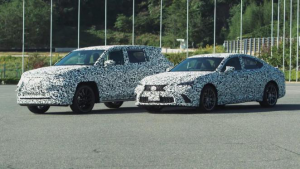
Recently, Lexus released a new generation of electric drive control technology officially-DIRECT4.
This new technology will improve driving pleasure and driving comfort performance simultaneously , and will be used in four types of electrified models of pure electric, gasoline-electric hybrid, plug-in hybrid and fuel cell.
In addition, Lexus also plans to launch a new concept car. The new car will not only be equipped with DIRECT4 technology, but will also show Lexus’ future design trends. Some foreign media said that this new concept car may be officially unveiled in 2021.
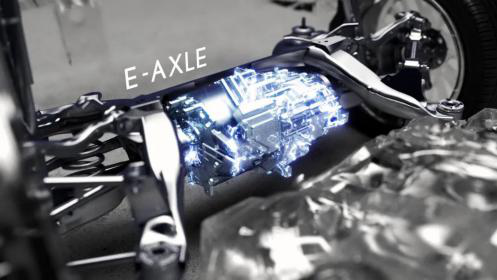
Diversified experience and different design ideas
Combining electrification and related technologies to explore the potential of automobiles, create an acceleration experience and keen dynamic response that meets sensory expectations, while continuing the comfort gene of the Lexus brand. This is the goal of Lexus to develop a new generation of electric drive control technology.
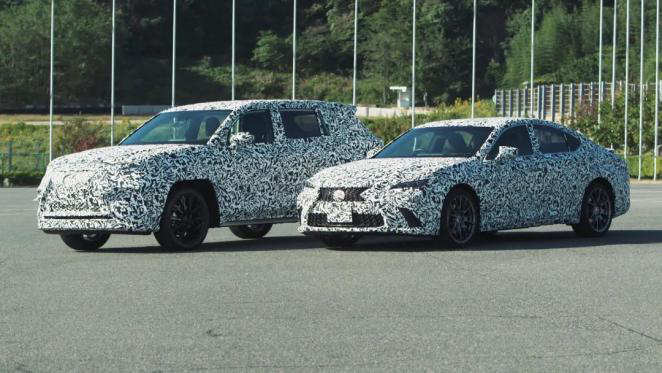
The DIRECT4 developed by this is not pure hardware or software, but a system that controls the power output of the front and rear wheels.
In this system, the electric motor drive shaft will be directly connected to the wheels, with its own efficient and agile power output characteristics, to bring the driver a comfortable driving experience.
Judging from the technical prototype car announced this time, DIRECT4 will adopt a front and rear dual-motor structure, which can realize the vector output of front and rear power, and control the driving force and braking force more accurately.
The point is that this technology can be used in four types of electrified vehicles: HEV hybrid electric vehicles, PHEV plug-in hybrid electric vehicles, BEV pure electric vehicles and FCEV hydrogen fuel cell electric vehicles.
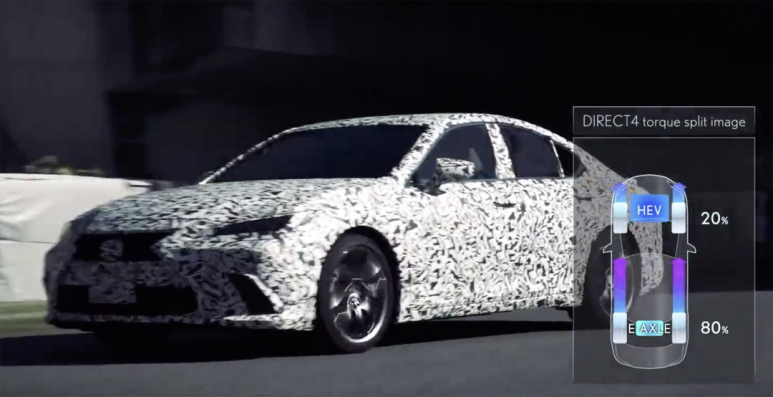
Take the prototype car based on the current ES as an example. In addition to realizing front-wheel drive and a four-wheel drive with 50:50 front and rear power, it can also achieve a 20:80 power distribution closer to the rear drive.
Different from the E-Four four-wheel drive used in current NX and RAV4 models, the rear axle motor of DIRECT4 is not used as auxiliary power
Another SUV prototype is purely electric drive, and the output power and torque of the front and rear axle motors are both 150kW+300Nm. The front and rear power distribution is more flexible, and the response speed is faster than that of non-pure electric four-wheel drive.
In addition, some foreign media speculated that this camouflage car may be a new Lexus model-LQ. The new car is based on the LF-1 Limitless concept car, positioned between the current RX and LX, and is planned to be launched on the market in 2022.
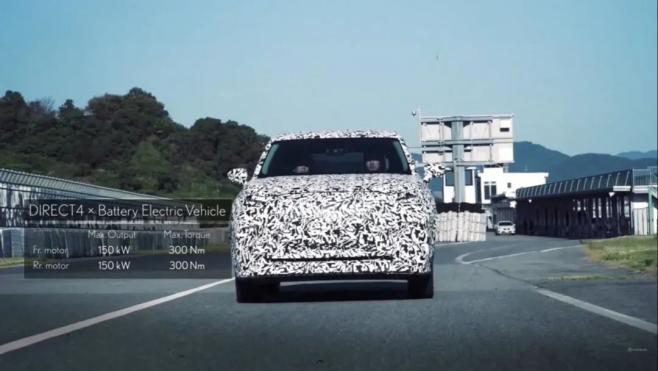
With the advent of DIRECT4 technology, Lexus’ future product design will also change.
Atsushi Suga, director of the International Design Department of Renxus, stated that the new design will express the technical foundation through styling, which is an opportunity to re-examine Lexus.
The performance-based styling will realize the original expression of “consistent design aesthetics and new technology.”
Compared with Lexus’ current hybrid technology, DIRECT4 emphasizes the power generation and vector torque control of the electric motor.
While retaining the brand’s comfortable tone, it can also provide users with better control, and future products will also have a diversified experience.
At the same time, with the deepening of the electric shock, its own design language has moved towards the route of “expression technology”.
Four lines merge to meet the next stage
In addition to using DIRECT4 technology to bring a diversified driving experience, Lexus, which accelerates the electric shock, will continue to make efforts to electrified models including HEV, PHEV, BEV, and FCEV.
On the one hand, the pure electricity infrastructure in various places is not perfect enough to “all pure electricity” is not realistic, and on the other hand, it is necessary to face the policy changes in the local and surrounding areas.

Earlier this month, Japanese media said that the Ministry of Economy, Trade and Industry of Japan is considering stopping sales of new gasoline vehicles in Japan in the mid-2030s (around 2035).
After that, only hybrid and pure electric vehicles will be allowed to sell, and plans to achieve carbon neutrality by 2050.
Our country plans to have 50% of the market for energy-efficient vehicles and new energy vehicles represented by hybrid vehicles by 2035.
In addition to policy changes in the local and surrounding markets, Honda recently announced that it plans to stop selling pure fuel vehicles in Europe in 2022 and instead focus on pure electric and hybrid models.
The opponent’s actions are one of the reasons for Lexus to accelerate the electric shock.
Electrification has long become a problem that car companies cannot avoid. Instead of entangled in “doing and not doing”, it is better to think about “how to do it well”.
Comments